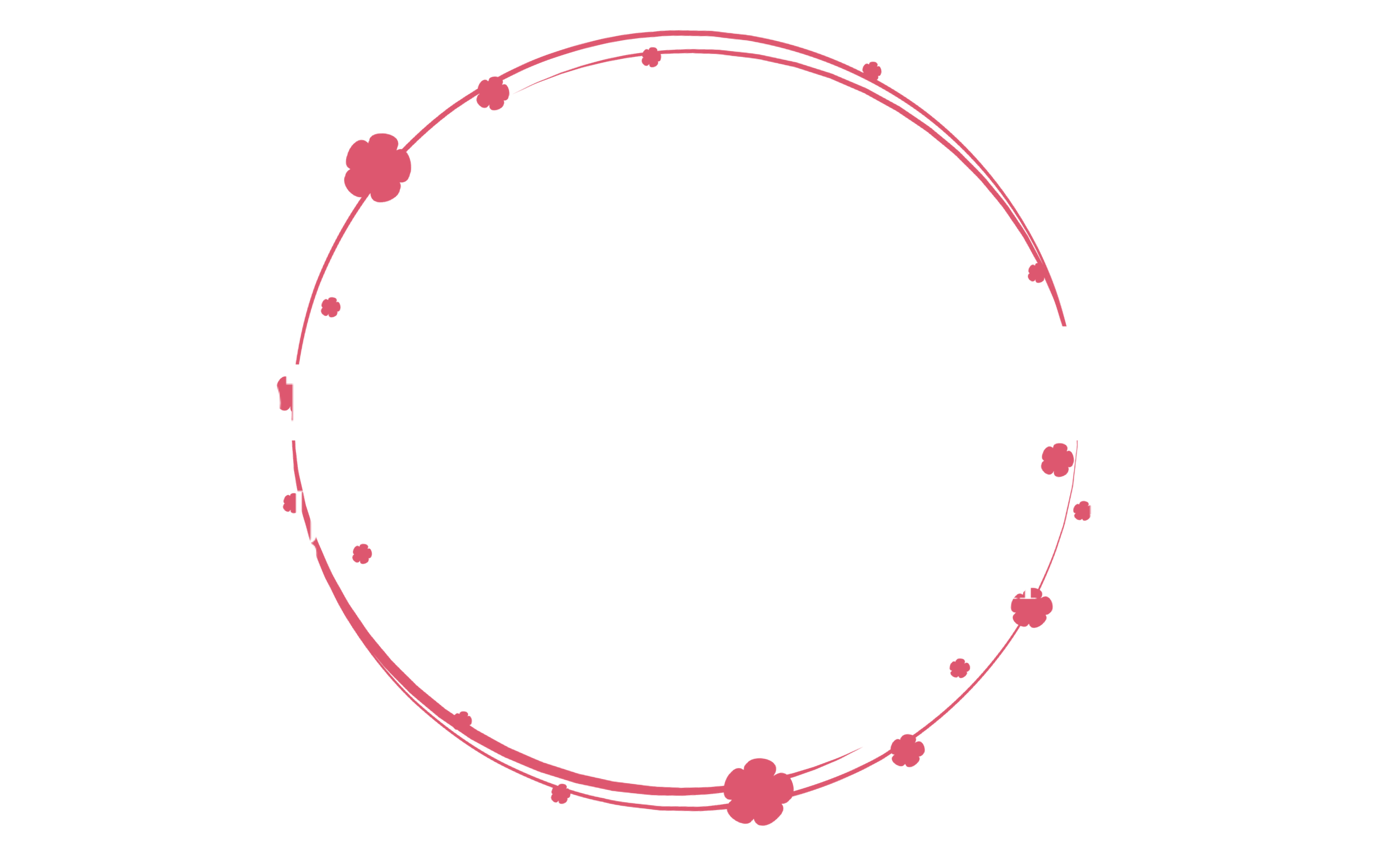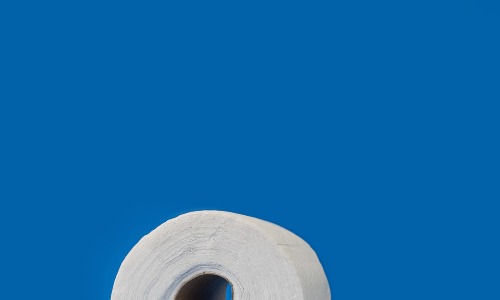The Importance Of Architectural Presentation Boards
Presentation Boards are usually used for a wide range of architectural and engineering projects, where feedback is vital to the success of the project. There can be many uses for a presentation board in these situations: to provide a record of all developments leading up to a project; to list proposed changes which need to be made; to facilitate discussion amongst presenters at a meeting or forum, as well as to act as a ‘watering board’ to check that the presented facts and ideas are being fully understood and that there are no glaring problems that are hard to foresee but that need to be brought up before action is taken; and lastly, to act as a ‘memory aid’ to allow people to remember key points of the project and keep them in mind when remembering future information that may need to be added to the overall picture later on. It is generally the case that the general design for such boards will already exist within the company or at least have been approved by senior management – though this is not always the case. The boards are designed to encourage participation and give people a place to voice their opinions, and as such are not places to suppress any views that you may wish to take. The most important thing to remember is that the presenter has to stick to the facts that have been provided for them! Presentation Boards are a great way to ensure that only the most suitable view is presented at a later date, and this is a very simple yet very important aspect of their use.

In some cases, you may need to rely on more than one presentation board at a meeting or forum. This can be especially true for complex and lengthy presentations, where in fact two separate slides could well be needed to convey the key points. You will generally find that the presenter sits opposite the Chair of Appointments, who must then formally confirm that the name of the individual appearing before them is that of the actual person commissioned to carry out the work. Once all the requisite paperwork has been legally signed and the appointment has been confirmed, the presenter then stands up to talk. It may sound simple, but there is a great deal of training to be done when it comes to using presentation boards properly.
When you buy presentation boards, you need to make sure that they are appropriate for the work that needs to be presented. For instance, an architecture presentation board is likely to be quite different from a press release or marketing brochure. Architects often require far more specific and specialist information as well as images, diagrams and charts. If these items are simply printed on standard paper with no modifications then the presentation can easily become a flop. Similarly, some architects need a much more detailed product to help them explain certain aspects of their work to potential clients. These types of boards therefore need to be customised according to the exact specifications of the task that the presenter needs them for.
Another crucial element of using architecture presentation boards effectively is keeping the visual hierarchy straight. Visual hierarchy refers to how all the various elements of a visual hierarchy are placed relative to each other. For example, if you look at a recent marketing brochure or newspaper article and see that the top half contains pictures of kittens and puppies and the bottom half contains articles about building design and construction then it is obvious that the visual hierarchy should be as such. However, if the order is reversed, such as the case where the kittens and puppies are shown after the building design, then it may be less obvious that the kittens are the most important part of the visual hierarchy and the puppies are the least important. This means that it is important to keep the visual hierarchy in accordance with the actual order of importance.
The visual hierarchy is also crucial because it helps the presenter to focus their attention on certain aspects of the project. Without the visual hierarchy, many people will be distracted by the irrelevant pictures and information. This is especially problematic when it comes to newspapers or magazines which, as mentioned above, often have images of cats and dogs but little else. Therefore, it is important to make sure that the architecture presentation board is kept in order. There are also a number of other methods that can help the presenter to focus their attention without having to place all of their attention on the pictures on the board.
There are also a number of different types of presentation boards available. These include photo presentation boards which only allow you to show a picture on the board, video presentation boards, audio presentation boards and slide presentation boards. However, there is no way to predict which one will be the best solution for a given situation. For this reason, it is important that the presenter chooses the board carefully in order to make sure that it suits their needs.






